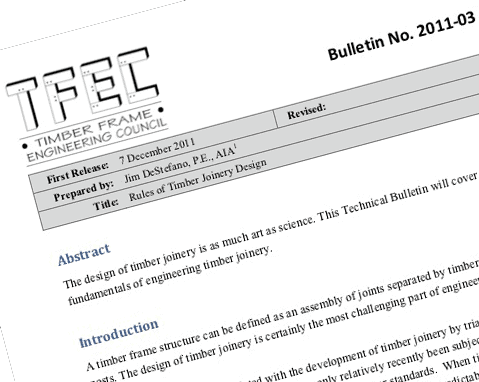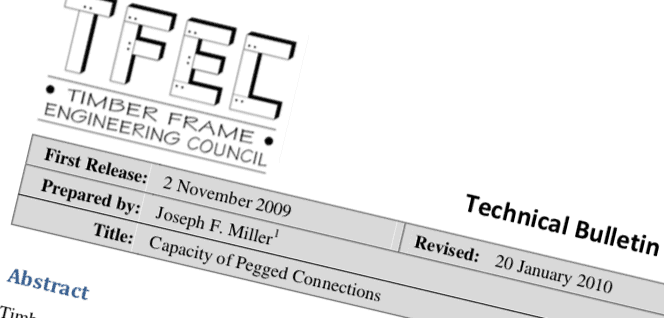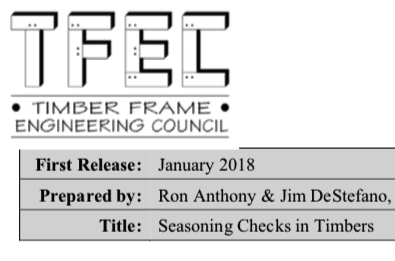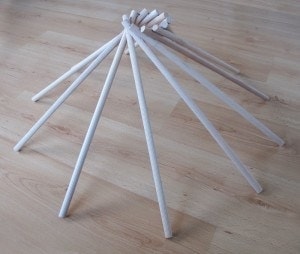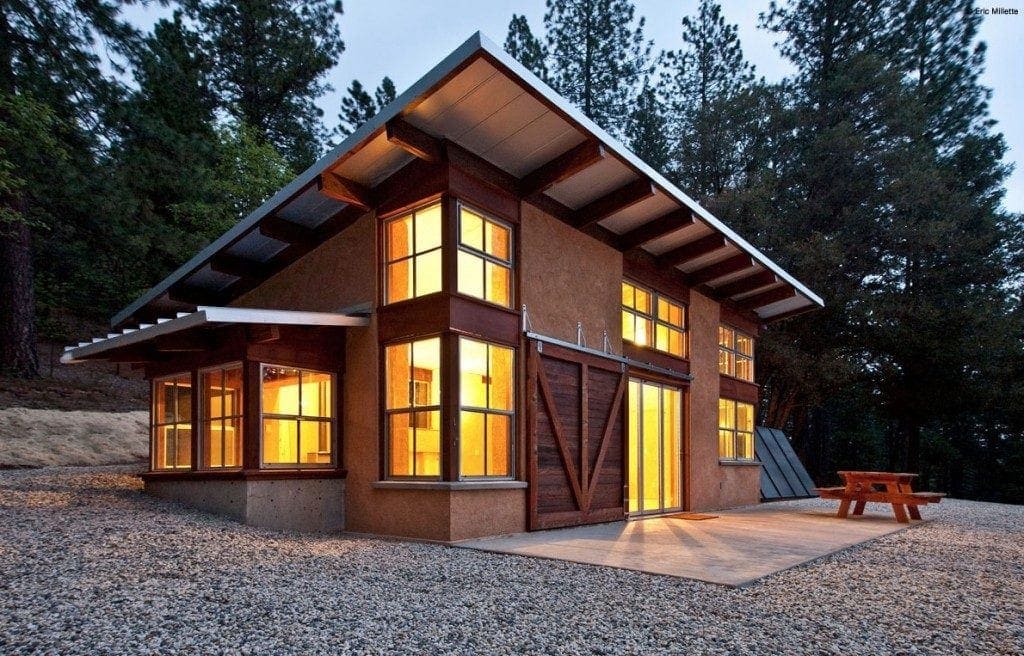
Like something dropped into our land from J.R.R. Tolkein’s world, using cordwood to build a home creates whimsy, mystery, and a bit of magic. In fact, remnants of cordwood structures dating back as far as a thousand years are still standing in eastern Germany. The tradition made landfall in North America, with “modern” cordwood construction methods taking root in Quebec and Wisconsin in the late 1800s.
The 1970s brought a revival of the unique style, and today the landscape in the Upper Midwest, upstate New York, and New England is dotted with cordwood structures – still a relative rarity, but growing in popularity all the time with all types of people. Richard Flatau, author of Cordwood Construction: Best Practices and founder (with wife Becky) of the Cordwood Education Center in Merrill, Wisconsin, says cordwood construction appeals to “low-income landowners and vacation-home dreamers, energy-efficiency fanatics, and latter-day back-to-the-landers.”
Cordwood construction is particularly pleasing when paired with a timber frame. In a blog post on his site, Mr. Flatau shares the cordwood element coming together around a “hall and parlor” style timber frame. The homeowners participated in every element of the home’s evolution. The frame was comprised of tamarack and pine, and the wood used for the cordwood infill was northern white cedar, “the gold standard for cordwood construction,” according to Mr. Flatau. The hand-mixed mortar was simply rehydrated Type S lime and sand, creating a white mortar that put the cordwood in sharp relief. Glaciated stones were set into the foundation wall to augment the building with another unique feature.
Read more about this great project and see photos of the home from start to finish in Mr. Flatau’s blog post, “Cordwood & Timber Frame.”
